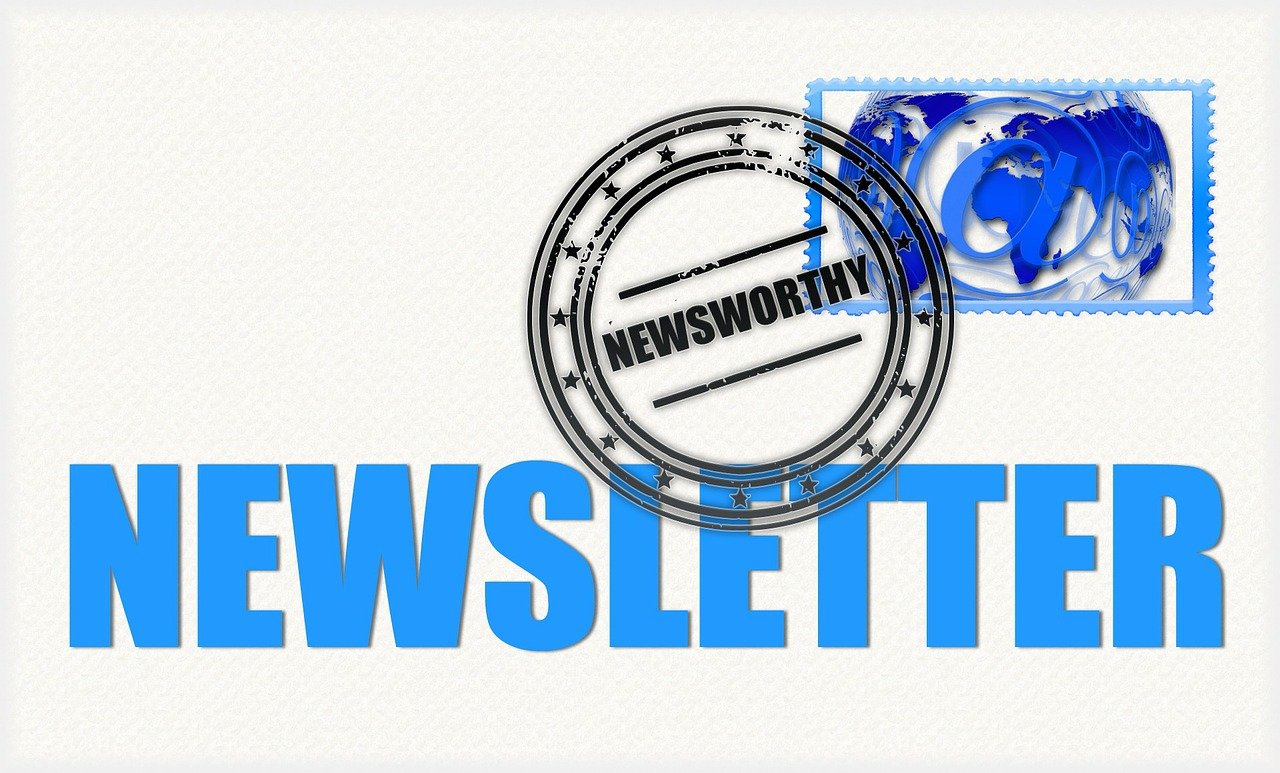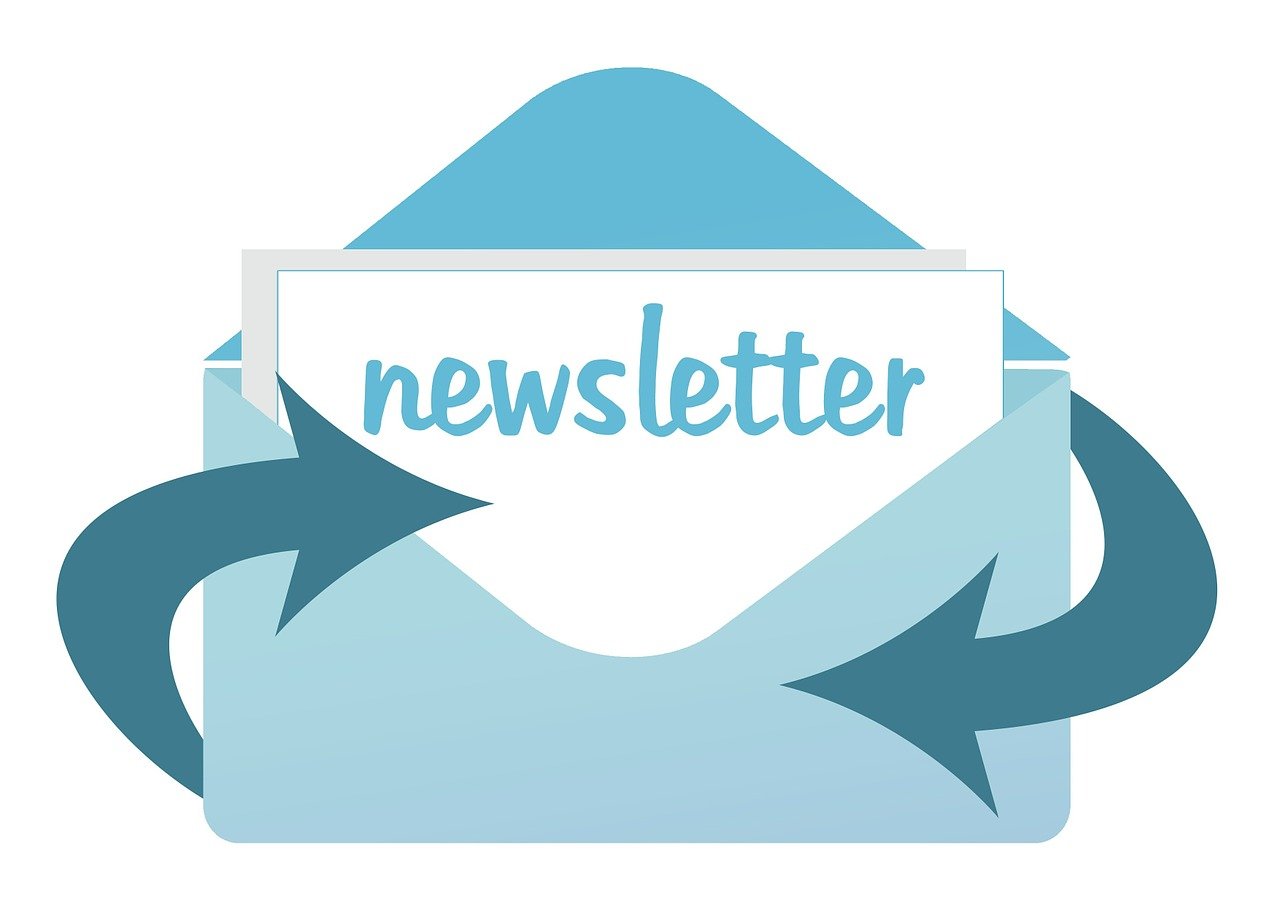List Engagement Secrets
It’s a good idea to know when and why you are sending out an email. Most people who sign up for your list do so for a specific reason. And those who have been on your list for a while fall into different stages of interaction with you.
Some subscribers are loyal and open all your emails. Others have gone cold and need persuasion to begin engaging with your emails again. Some have joined you for a specific product or service you offer and only want to know about those.
You can tell what type of emails your subscriber wants by who they are and what they do when they come to your site. This can also help you understand when to send specific emails.
Maybe they:
- Browse around, add some things to their cart, then leave: The Abandoned Cart email is triggered.
- Enthusiastically subscribed to your list: Perfect time for the Welcome email.
- They’ve been a long-time loyal customer: Reward them with an anniversary email. These can be Milestone emails or Special offer emails.
- Post Purchase emails to new buyers who have purchased something form you. These Confirmation emails are the first ones your new subscriber gets from you. It tells them about your business and your values, helping you begin building a relationship with them. It’s also a great time to give them options to see your other products.
- Emails to boost engagement with your business and content. These can be Promotional emails that try to make an initial sale or promotes your new webinar.
- Re-engaging cold subscribers. This email tries to get subscribers who haven’t been active to take some sort of action. These can be Review Request emails or Persuasion emails.
- Nurturing your existing subscribers. These emails are the relationship builders. They provide value to the subscriber. Use Nurture emails to keep in contact and build communication with your loyal subscribers. These can be Newsletters or Curated content emails.
- They are interested in a specific subject or product you offer. Here you would be segmenting your subscribers with targeted emails. Segmenting allows you to send emails that specifically target a group of subscribers. These can be New Product Announcement emails, Nurturing or Promotional emails.

Sending emails at the right time and for the right reason keeps your list engaged and converting. For example, if you’re promoting a sale or affiliate product that ends soon, send out an initial email a day or two before the sale starts, then one every day or two and finally send one in the morning and one in the evening the day the sale ends. This keeps you in front of them and helps remind them to take action.
Writing To Meet Your Goal
You’ve established your reasons for sending out an email. You know exactly what the purpose of each email is for and what needs to happen with it. Now it’s time to create the copy to help you meet your goal.
Your copy should:
- Have a clear message and purpose. It should provide valuable information, invite your subscriber to take a specific action and/or offer them something tangible.
- Be appealing at first glance. Emails that are clearly promotional often don’t get opened. This is where you need an intriguing and tempting subject line.
- Have the appropriate tone for your audience. Using a relationship marketing approach builds long term success with your subscribers.
- Be trustworthy and accurate. Proofread before sending to prevent costly grammatical or other errors.
- Work toward the one goal of that email. Don’t confuse the reader by talking about a half dozen things when you really only want them to do something specific, like buy a certain product.
- State exactly what your subscriber will get from the email near the beginning of the copy.
Here are some examples of the different types of copy for different emails.
Welcome email copy: The goal is to say hello to your new subscriber. It’s the most basic first email you can send. In a few short paragraphs welcome the subscriber and thank them for joining. Include a short blurb about who you are and what they can expect from you. Invite them to click through to your site to learn more about you.
Nurture email copy: the goal here is to connect and build relationships. Your copy can be educational, informative or storytelling. You can include curated content that helps them. Your call to action might be to get them to connect with you on social media.
Sales/promotional copy: the goal here is obviously to get them to buy your offer. Your copy needs to stand out from others. It needs to let them know what makes it so valuable to them and why they need it.
Whatever the goal of your email is, tailoring the content to it is essential for getting subscribers to click through and convert to buyers. Make your copy personalized to your reader, relevant to your service and cohesive to your brand, meaning it should be in your voice, match your tone and mission and still be readable.

Persuasion Strategies For Email Marketing
Effective persuasion isn’t about manipulating people to make a sale. Instead it’s demonstrating how a purchase is int your customer’s best interests. It gives them all the facts and benefits so they can make the best decision themselves.
There are six basic rules of persuasion that can be used in almost any situation.
- Reciprocity – You give something to get something in return.
- Scarcity – Supply is low so the demand for product increases.
- Authority – Establish yourself as the expert in your field to get others to listen to what you have to say and follow your advice.
- Consistency – Keeping your word when you say or do something, always showing up.
- Liking – People favor others they find attractive, have similar qualities or interests. This makes the customer trust your message and follow your advice.
- Consensus – The majority are using a certain product or service; others will like and respect their cues. This is what makes testimonials effective when you use them in your emails.
Using these persuasive strategies in your copy will help you create compelling copy that can be used in any type of email. These different types of persuasion strategies can be employed in different ways as well.
Email Copy Best Practices
Your email copy is the driving force that gets others to take action. Even though you might be sending an email to get your reader to buy something from you, you still what to use the email copy that follows the best practices.
Use these best practices to create emails that get opened.
- Get personal by using their name in the body of the email.
- Tease your message with a subject line that connects to the first line of your message. Don’t be too cryptic or too general, though.
- Don’t overwhelm them with a detailed back story. Keep it short and sweet. A subject line of 6 to 10 words is ideal while the body should be concise and drive traffic to your website for more information.
- Be clear with your message. People don’t have time or patience to muddle through a hazy, fuzzy or hard to read message. So, make it conversational.
- To generate a response from your reader, ask questions. You’re trying to get them to click, RSVP, visit your site or some other conversion, so they need to know what you want them to do. Simply ask them to do something, such as “Can you give me your opinion?”
- Test, analyze and repeat with A/B testing. This simply means to test two versions of your message. It can be a simple as dividing your list into halves and using two different subject lines for the same message.
- Make it easy to share your message. To get them to share your message, give them an incentive. Ask directly for the share. Or you could offer a promo code or giveaway to new subscribers and those who share.
- Segment your lists so you can send relevant emails to right subscribers.
- Every email should answer your subscriber’s question, “What’s in it for me?”.
- Every email should be to gain trust. Then you build on the goal of the email.
- Every email needs to follow good copy writing standards to bring in more conversions. Having subpar copy tends to cause customers to lose trust in your business and may lead them to unsubscribe.